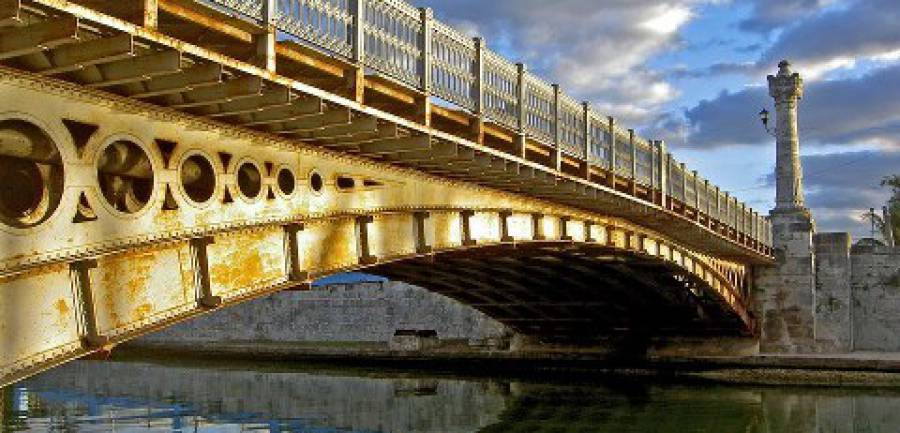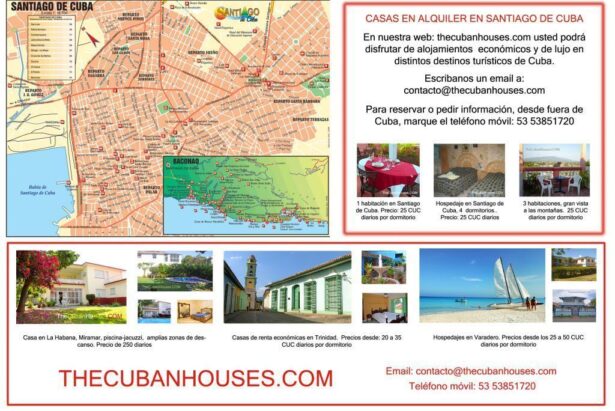Tour y viaje a Matanzas. Las Cuevas de Bellamar, el Mirador de Bacunayagua
Tour y viaje a Matanzas. Las Cuevas de Bellamar, el Mirador de Bacunayagua

Recorrido por Matanzas, la ciudad más turística de Cuba
En la actualidad Matanzas se ha convertido en la provincia cubana que los turistas más visitan. Entre las zonas que constituyen centro de sus intereses encontramos Varadero y la Ciénaga de Zapata. La primera, como una de las playas más hermosas y la segunda, como el mayor y mejor conservado humedal del Caribe insular, con 23 áreas protegidas.
El turismo matancero aporta entre el 30% y el 40% de los ingresos en del país. El complejo turístico de Varadero se encuentra en constante desarrollo, cuenta con más de 12 mil habitaciones y es uno de los destinos más visitados en la modalidad excursiones o tours en Cuba.
Los accesos a la provincia son: la Vía Blanca desde la Habana, bordeando la costa norte; la Autopista Nacional, hacia la parte sur del territorio y por la Carretera Central; el ferrocarril y el aeropuerto internacional. Varadero tiene acceso aéreo utilizando las instalaciones de la marina Puertosol Dársena de Varadero, Chapelín y Gaviota Varadero, todas con servicio de aduanas, (recomendamos al viajero los alojamientos en casas de alquiler de particulares en Varadero, cuyos precios son extremadamente económicos y excelentes los servicios que brindan los arrendadores). Por su parte, el aeropuerto internacional Juan Gualberto Gómez, es el segundo de más tráfico en el país y se ubica estratégicamente dentro del área del corredor internacional Girón.
Varadero recibe anualmente alrededor del 70% de la totalidad de visitantes que llegan a la Isla; pero no es la única atracción turística de la provincia. Las Cuevas de Bellamar, son otra de las atracciones que encabeza la lista del mayor número de turistas por año. Es de las cavernas más exploradas. Fue descubierta en el siglo XIX. Tiene 2 km de extensión y está compuesta por formaciones cristalinas con gran cantidad de estalagmitas y estalactitas.
En Matanzas son impresionantes también los pintorescos paisajes de los ríos Hanabanilla, La Palma, el San Juan y el Yumurí. Sobre este último se extiende el emblemático Puente de la Concordia, el primer puente de hormigón armado de la ciudad, inaugurado el 3 de noviembre de 1878 por el capitán general Arsenio Martínez Campos.
Otros de sus puentes son: el Sánchez Figueras, diseñado por el ingeniero Conrado Martínez y construido en 1916 sobre el río San Juan, en las proximidades de la plaza del mercado; El Giratorio, es el único de su tipo en el país; el puente Calixto García, de 73 metros de largo y más de 6 metros; y el puente de Bacunayagua, inaugurado el 26 de septiembre de 1959, es considerado como una de las siete maravillas cubanas de la ingeniería civil. Por eso esta ciudad es denominada por todos como “la ciudad de los puentes”.
Desde el Mirador de Bacunayagua, se puede disfrutar de uno de los lugares más espectaculares de Cuba: el valle del Yumurí, con 8 km de ancho que está rodeado de acantilados de piedra caliza de 150 metros de alto.
El Parque Turístico Río Canímar es la instalación de mejor confort del Campismo Popular en la provincia de Matanzas, se ubica a 27 kilómetros de Varadero, está considerado un lugar arqueológico de gran valor en la provincia, con evidencias de comunidades aborígenes y reportes de 31 asentamientos. Este sitio recibe alrededor de 60 mil turistas extranjeros cada año.
En Canímar se puede disfrutar de la monta de caballos y toros mansos, de paseos en bote de remos, del reposo en hamaca y la escalada de una pequeña montaña donde se encuentra un típico bohío campesino. En la margen izquierda del río Canímar complementa estas opciones el cabaret Tropicana Matanzas.
En el centro histórico resulta grato visitar la Catedral de San Carlos; el Parque de la Libertad; el Museo Farmacéutico; el Liceo Artístico y Literario; y el Teatro Sauto, una de las joyas arquitectónicas de la isla con los frescos de Daniel D’Allaglio. Desde la zona de la Plaza de la Vigía se puede acceder al Cuartel de Bomberos, a la antigua Aduana, al Palacio de Junco y a las ruinas del Castillo de San Severino en la zona del Muelle.
Para los que practican snokerling, el lugar más sorprendente es la Laguna de Maya, Reserva de Flora y Fauna, donde hay servicio de guía para visitar los arrecifes de la zona próximos a la costa. Está a unos 15 Km al Este de la ciudad de Matanzas por la carretera que va a Varadero.
Al sur de la provincia se encuentra La Ciénaga de Zapata. Cuenta con bosques vírgenes, vegetación de pantanos y ciénagas, manglares centenarios y playas sin contaminación alguna. Fue declarada Reserva de la Biosfera en el año 2000. Entre la fauna lo más relevante es que en este territorio se puede ver al cocodrilo cubano y no hay animales peligrosos para lo que permite el disfrute total de la naturaleza.
El acceso es a través de una carretera que desemboca en la Autopista Nacional, en el Km 142. Las principales alternativas para los turistas son: Boca de Guamá, donde hay restaurantes especializados en carne de cocodrilo; el Criadero de Cocodrilos, lugar en el que se pueden tomar fotos con diversos ejemplares; la Laguna del Tesoro, a la se accede en barco desde Boca del Guamá; un centro turístico situado en medio de la Laguna del Tesoro, con 49 cabañas, discoteca y restaurant; Playa Larga; Playa Girón; La Cueva de los Peces y los Senderos La Salina y Santo Tomás, de mucha demanda por los interesados en la observación de aves.
Estos son solo algunos de los destinos de mayor demanda en el occidente cubano. Sitios que hacen que cada año aumenten los visitantes y se consolide Matanzas como una de las provincias más atractivas en la Isla.
Featured articles

Mapa de La Habana Cuba. Descargar gratis mapas de la Habana
Mapa de La Habana Cuba. Descargar gratis mapas de la Habana Mapa de La Habana. Zonas turísticas. Descargar online. Descarga gratis el mapa de la Habana con sus zonas turísticas: Municipio Plaza, con El Vedado, Centro Habana, el Municipio

Mapa de Santiago de Cuba para descargar. El Parque Baconao, Restaurantes…
Mapa de Santiago de Cuba para descargar. El Parque Baconao, Restaurantes… Mapa de Santiago de Cuba para descargar. El Parque Baconao, Restaurantes… ¿Dónde está Santiago de Cuba? ¿Dónde se encuentra El parque Baconao; los hoteles en Santiago de Cuba;

Mapa del Municipio Playa para descargar
Mapa del Municipio Playa para descargar Mapa del Municipio Playa para descargar El Municipio Playa se encuentra entre las zonas preferidas, para el destino de turistas en la Habana. Descarga gratis el mapa del Municipio con sus barriadas: Miramar,
Comments